If you have watched any television or been inside a retail store at any point this month in the US, it would have likely been hard to miss the omnipresence of pink where it wasn’t before. From pink clothes, to laptops, to banners to shoes and gloves on your favourite NFL players, the marketing blitz of pink has just about taken over the retail landscape. The color and ribbon are the symbols of the fight against breast cancer, and may easily represent one of the most widespread cause marketing campaigns in terms of partners since the RED campaign offered custom branded products to support finding a cure for AIDS.
Here is a presentation that takes an inside look not only at some of the best marketing lessons that this massive cause related effort offers, but also a caution against what is commonly being called “pinkwashing” (corporations using “pink” inauthentically simply to jump on the bandwagon without any real contribution to the cause). Check out the lessons, let me know if you have any others to add to the list, and most important … don’t be a pinkwasher:







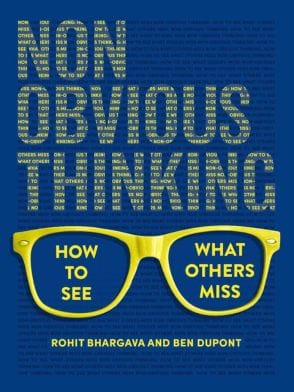

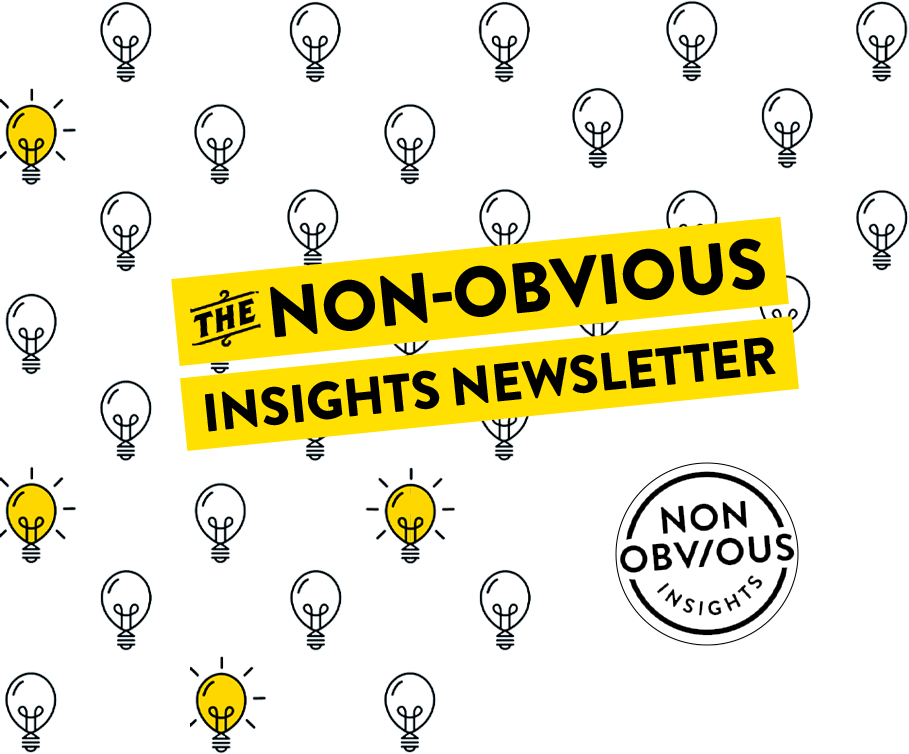



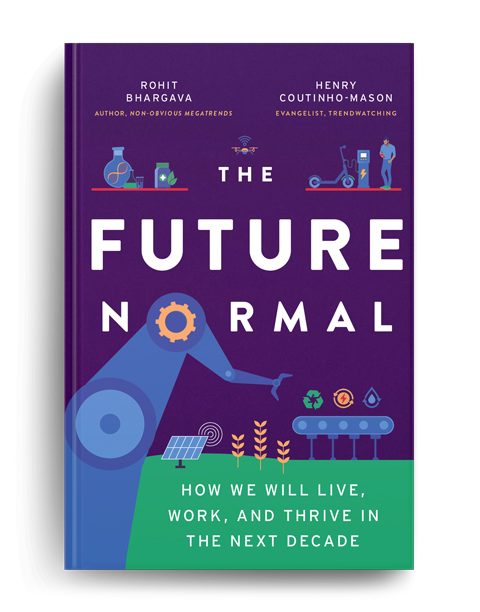

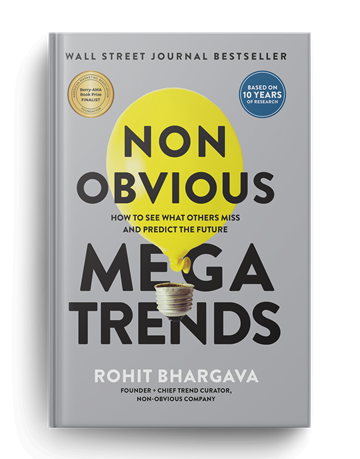

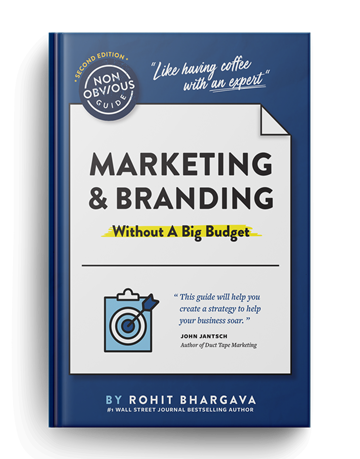

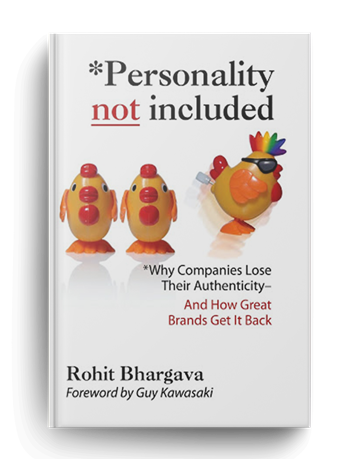
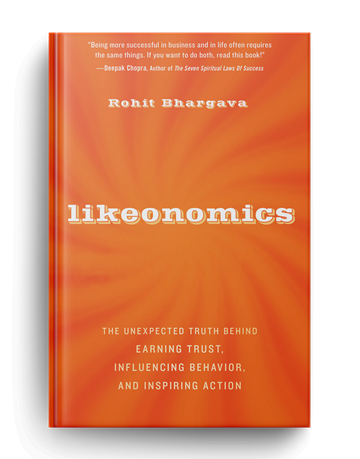


Rohit, thanks for sharing this presentation. I agree, that it is without a doubt one of the most successful marketing campaigns ever run. Many may be quick to dismiss the true genius behind this campaign believing its success is largely due to the cause. However, there are many other causes and diseases that impact more people than breast cancer. Your point was well taken, however about not jumping on a bandwagon that is inauthentic to your brand.
Great stuff indeed.
However, it’s always easier said than done which is why so few can actually get it right the whole way. A lot of companies today lack the dedication and patience to build something.
For one, I dont remember ever scheduling a meeting titled, “where and what do we want to be in 5 years”?!
Would love to do that though!
Cheers!
I was just talking about this with a friend of mine. Everywhere you go recently looks as if it was bombed with pepto bismol. Tons of retail stores are exploding with pink but very few actually have information on what their company is doing to help support the cause. Buyers need to be aware that just because it has a pink ribbon on it, doesn’t mean your money will go to breast cancer research.
Thanks for bringing this issue to the forefront!
Nice thoughts..!!!!
Eileen..
———————-
Social Media Advertising
This campaign has been very well thought out. They have aligned themselves with, many different market segments and are committed their cause and they are in full court press mode this entire month.
nice blog, greetings
Transcations are not particularly inspiring
I know this is going to come off wrong to some and piss off many but here’s the thing – when we let people, buy a pink blender or wheat thins – I think we actually let them off the hook – there are some (not all) who think hey I did my part I bought something pink – kind of like writing a check – a way to be involved without being involved… you know
Don’t get me wrong you can’t deny the success of the breast cancer fight and the color pink or LIVESTRONG and yellow but I think as successful as these campaigns are and (more will be) I think it’s a bit of a cop out – we need to engage, motivate and inspire people to get in there and fight, volunteer, raise money and “be the change” – buying a pink drop cord is a transaction – not particularly inspiring
@karen – good point about the fact that the choice of topic was important in this. I don’t think it would be quite as effective if it were about tongue cancer, for example!
@Mike – important criticism, and definitely something I have thought about often when it comes to campaigns like these. The same is frequently said, for example, about the idea of carbon offsets and whether we are unfairly giving companies and individuals a “get out of jail free card” for continuing negative behaviours in the belief that they can somehow compensate for them with money. It’s like giving someone $50 to punch them in the face … doesn’t make it right. But as a marketer I do believe in the other side of this – that having cause related marketing as a part of the consumerism that already exists can have a positive impact for everyone. Businesses can sell more stuff, people feel better, and some percentage (in the ideal situation) does indeed go to supporting a cause and it is funding they would not have otherwise had. Ideal case is that people devote their time and energy. But if can’t (or won’t), I think donations are the next best thing.